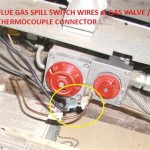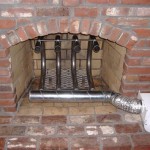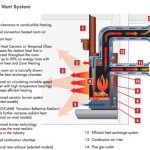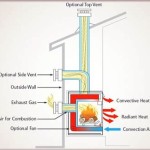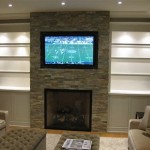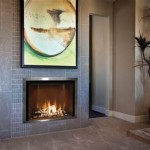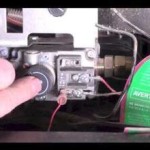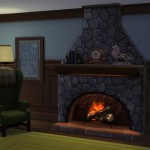Fireplace Fan Blower: Essential Aspects for Enhanced Heating
A fireplace fan blower is an ingenious device that can significantly improve the efficiency and comfort of your wood-burning fireplace. By circulating the warm air generated by the fire, these fan blowers effectively distribute heat throughout the room, ensuring even and consistent warmth.
When choosing a fireplace fan blower, consider several essential factors that will determine its performance and suitability for your specific fireplace and heating needs.
1. Fan Type
Fireplace fan blowers come in two main types: electric and heat-powered. Electric fan blowers rely on an external power source, while heat-powered fan blowers utilize the heat generated by the fireplace to operate. Heat-powered fan blowers are more energy-efficient and require no electricity, but they may not generate as much airflow as electric fan blowers.
2. CFM Rating
The CFM (cubic feet per minute) rating measures the airflow capacity of the fan blower. A higher CFM rating indicates a greater volume of air being circulated. The appropriate CFM rating for your fireplace will depend on the size of the room you want to heat. As a general guideline, a fan blower with a CFM rating of 100-200 CFM is suitable for smaller rooms, while larger rooms may require a fan blower with a higher CFM rating.
3. Fan Speed and Noise Level
Fireplace fan blowers typically offer multiple fan speeds to adjust the airflow intensity. Consider the noise level of the fan blower when selecting your desired fan speed. Some fan blowers may operate at a higher noise level, which may be a concern if you value a quiet environment while enjoying the warmth of the fireplace.
4. Thermostat Control
Some fireplace fan blowers feature a thermostat control that automatically adjusts the fan speed based on the temperature in the room. This feature helps maintain a consistent temperature, preventing the room from overheating or becoming too cold. Thermostat-controlled fan blowers offer added convenience and ensure optimal heating efficiency.
5. Safety Features
Safety should be paramount when choosing a fireplace fan blower. Look for models equipped with safety features such as an automatic shut-off switch that turns off the fan when it reaches a certain temperature, preventing overheating and potential hazards. Additionally, consider fan blowers with a stable base or mounting options to prevent them from accidentally falling or being knocked over.
By carefully considering these essential aspects, you can select the fireplace fan blower that best suits your needs and enhances the warmth and comfort of your home during those chilly evenings.

Fireplace Efficiency Blowers And Why You Should Have One

Noisy Gas Fireplace Blower Here S How To Replace It Diy

Fireplace Fan Blower S Com

Why Should I Get A Fireplace Blower For My Masonry

Installing A Fireplace Blower Gfk4 Gfk4a In Heatilator Natural Gas

Superior 3 Blade Fan Blower Kit For Wrt 2036 2042 3036 3042 Wct

3 Blades Air Blower Heat Powered Wood Stove Fan Small Motor Burner Durable Fireplace Ca

Universal Fireplace Blower Fan 4 Blade Skeleton Style Midwest Hearth

Best China Manufacture Quality Quiet Air Conditioning Fan Montigo Fireplace Centrifugal Blower With Heater Cross Flow Tangential Made In Com

Fireplace Blowers Explained How Fans Work Regency
Related Posts

